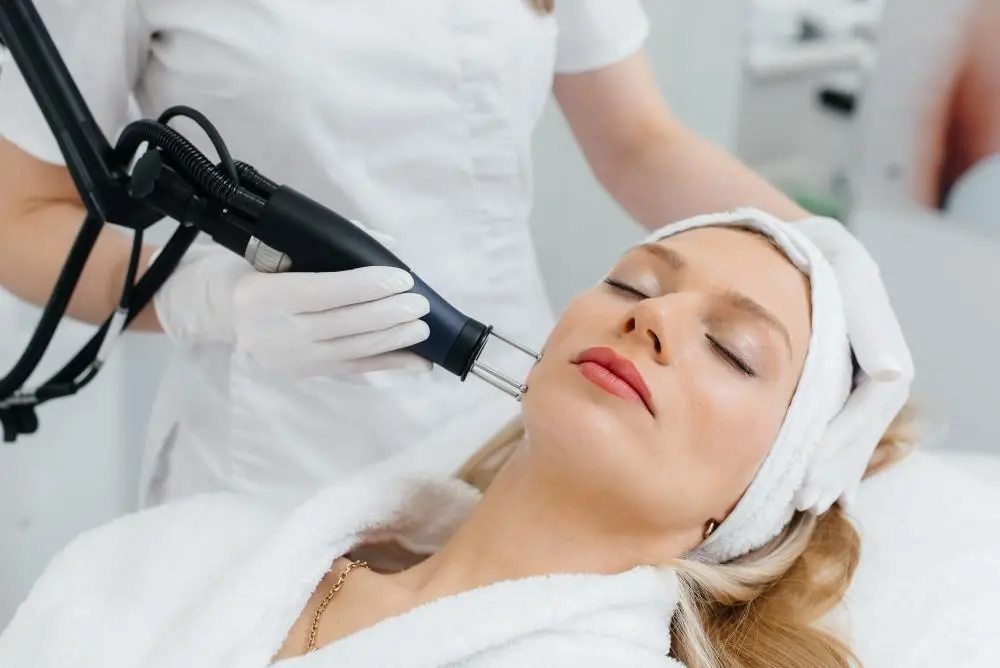Laser Skin Resurfacing in the U.S.: Market Trends, Technologies, and Consumer Insights
Market Overview: Growth and Demand Drivers
The U.S. laser skin resurfacing sector is fueled by several key trends:
- Aging Population and Preventative Care: With 76 million Baby Boomers actively seeking anti-aging treatments, and Gen X and Millennials prioritizing “prejuvenation” (preventing signs of aging), demand for laser therapies has surged. Over 1.2 million laser resurfacing procedures were performed in 2023, a 15% increase from 2021, according to the American Society for Aesthetic Plastic Surgery (ASAPS).
- Advancements in Technology: Modern lasers offer reduced downtime and enhanced safety, appealing to busy professionals. Fractional lasers, for example, target micro-regions of skin, allowing faster healing compared to traditional ablative lasers.
- Rise of Male Consumers: Men now account for 18% of laser resurfacing patients, up from 11% in 2018, as stigma around cosmetic treatments diminishes. Brands like Men’s Health and social media influencers have normalized male skincare routines, driving interest in procedures that address acne scars and uneven texture.
- Post-Pandemic Self-Care Boom: With remote work reducing social pressure during recovery, 63% of dermatologists reported an uptick in laser treatment bookings in 2022–2023, as patients prioritized self-care in private settings.

Leading Technologies and Treatment Options
U.S. clinics offer a range of laser systems, each tailored to specific skin concerns:
- Fractional Ablative Lasers (e.g., CO2, Erbium): These remove thin layers of skin to treat deep wrinkles, scars, and sun damage. Devices like Lumenis’ UltraPulse CO2 laser are FDA-approved for facial rejuvenation, with results lasting 2–5 years. Recovery typically takes 7–10 days, making them popular for patients seeking dramatic results.
- Fractional Non-Ablative Lasers (e.g., Nd:YAG, Alexandrite): Non-invasive and with minimal downtime (1–3 days), these stimulate collagen production to improve texture and tone. Sciton’s Halo laser, a hybrid of ablative and non-ablative wavelengths, is a top choice for addressing fine lines and pigmentation, with 90% of patients reporting satisfaction in clinical studies.
- Picosecond Lasers: Used for tattoo removal and treating pigmented lesions (e.g., sun spots), devices like Cynosure’s PicoSure deliver ultra-short pulses to break down ink or melanin without damaging surrounding tissue. They are increasingly used in combination with resurfacing treatments for comprehensive results.
- Most clinics offer personalized plans: 72% of providers combine lasers with topical serums (e.g., vitamin C, hyaluronic acid) or PRP (platelet-rich plasma) to enhance collagen production, according to a 2024 survey by the American Academy of Dermatology (AAD).
Consumer Preferences and Accessibility
- Cost and Insurance: Laser resurfacing is typically elective, with prices varying by treatment type (e.g., \(1,500–\)3,500 per session for ablative lasers). Many clinics offer financing through companies like CareCredit, making treatments accessible to a broader demographic.
- Clinic Selection: Patients prioritize board-certified dermatologists or plastic surgeons, with 85% of consumers researching provider credentials online before booking, per a 2023 RealSelf report. Chains like SkinCeuticals SkinLab and local medspas in urban hubs (e.g., Los Angeles, New York) lead in patient volume, offering transparent pricing and before-and-after galleries.
- Regional Trends: Coastal states dominate demand—California, Florida, and New York account for 42% of procedures—due to higher disposable income and cultural emphasis on skincare. However, suburban markets are growing, with 30% of new clinics opening in midsize cities (e.g., Austin, Denver) since 2020.
Future Outlook: Innovations on the Horizon
The industry is poised for further growth, driven by:
- AI-Powered Treatments: Devices like Cutera’s Enlighten III use artificial intelligence to analyze skin and adjust laser intensity in real time, reducing side effects.
- Combination Therapies: Clinics are increasingly pairing lasers with microneedling or radiofrequency (e.g., Morpheus8) for synergistic results, a trend projected to grow 20% by 2026.
- Sustainability: Brands like Alma Lasers are developing energy-efficient devices, aligning with consumer demand for eco-conscious practices—68% of patients now prefer clinics with sustainable protocols, per a 2024 survey.
Conclusion
Laser skin resurfacing in the U.S. blends cutting-edge technology with evolving consumer needs, offering safe, effective solutions for diverse skin concerns. As the market expands, accessibility, personalization, and innovation will remain key drivers, ensuring that laser treatments continue to be a go-to option for anyone seeking to enhance their skin’s health and appearance. For those considering treatment, researching providers, understanding recovery timelines, and aligning goals with the right technology are essential steps toward achieving desired results.
